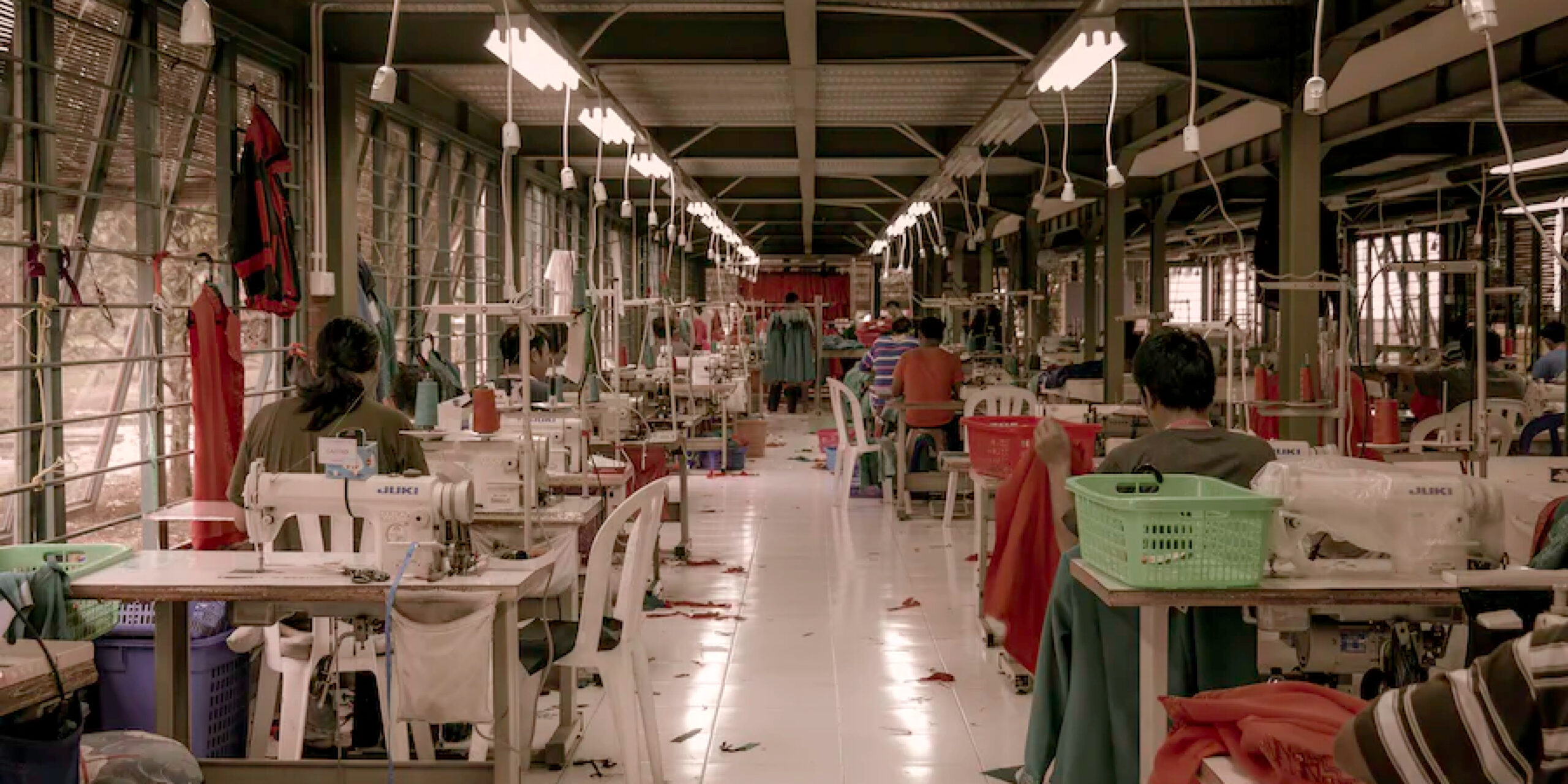New legalities around ‘greenwashing’ have been designed to ensure fashion brands stay truthful.
Thanks to increasingly eco-conscious consumers, many fashion brands have integrated the popular buzzword ‘sustainability’ into their vocabulary. This word is commonly used to not only sell clothing, but act as the backbone of marketing campaigns, which promote transparent practices, the promise of recycling fabric waste, and the use of eco-friendly materials.
However, accusations of ‘greenwashing,’ or companies advertising environmentally conscious practices for marketing purposes without making any notable sustainability efforts, have consumers worried that brands have been lying to them. This miscommunication and false advertising has inspired several new European regulations designed to protect consumers.
U.K. regulators have investigated the truth behind sustainability claims made by several popular fast-fashion retailers, including British brands ASOS and Boohoo, Swedish brand H&M, and French brand Decathlon. For the last 10 years, H&M’s “Conscious” collection has promised shoppers a more eco-friendly supply chain, but a recent lawsuit saw consumers argue that this was not the case. Additionally, to avoid sanctions by Dutch authorities, H&M and Decathlon have pledged to donate hundreds of thousands of dollars to initiatives combating fashion’s environmental impact.
“We have a dedicated team working on it,” said Pascal Brun, H&M’s head of sustainability, in an interview with Business of Fashion. “We have also to adapt to the situation; what is true now might not be true in six months. The industry is moving pretty fast right now for good reason.”
Prior to the recent concern regarding greenwashing, European regulators used the Higg Index as a standardized set of metrics to judge sustainability efforts. With a modern eye, the Higg Index, developed in 2011, has proven outdated. Its methodology and the data it uses to assess materials’ impact have become controversial points because they fail to fully address the systemic change needed throughout the industry.
With the discussion surrounding greenwashing consuming the media, consumers have found themselves wondering: What actually counts as sustainable fashion?
Dutch and Norwegian regulators have published new guidelines outlining how the Sustainable Apparel Coalition should address problems with the Higg Index’s material assessments, foreshadowing broader regulatory action from the European Union. Although the Sustainable Apparel Coalition is not a formal legal framework, it provides sound advice for the industry during this new and confusing time.
The first piece of advice recommended by regulators is that fashion brands with sustainable intentions have a standardized set of data that provides information on the environmental impact of certain materials. While many pieces of data are difficult to collect and heavily disagreed upon concerning quality and validity, even a slight improvement would provide a substantial baseline for companies to work from.
Another recommendation was the verification of already established findings. Previously collected information, such as the environmental impact of materials, practices, and packaging, needs to be updated and checked for accuracy within the guidelines of modern industry. This is an essential practice for any data set, and sustainable materials should be no different.
Lastly, regulators recommend that brands take the time to contextualize their claims and be prepared to back them up with factual evidence. With these new regulations in place, the average consumer should see a more honest shift in how their favorite brands market themselves. Nowadays, consumers are concerned about the possibility of an increase in ‘greenhushing’ — companies choosing to stay silent regarding their emission-reduction goals.
‘Greenhushing’ often stems from brands’ fear of public backlash and legal punishment, and while companies’ protection of their own public image is an understandable concern, it allows unsustainable practices to go unchecked, and may be an easy out for brands who can’t back up claims of sustainability.
[/fusion_text][/fusion_builder_column][/fusion_builder_row][/fusion_builder_container][fusion_builder_container type=”flex” hundred_percent=”no” equal_height_columns=”no” menu_anchor=”” hide_on_mobile=”small-visibility,medium-visibility,large-visibility” class=”” id=”” background_color=”” background_image=”” background_position=”center center” background_repeat=”no-repeat” fade=”no” background_parallax=”none” parallax_speed=”0.3″ video_mp4=”” video_webm=”” video_ogv=”” video_url=”” video_aspect_ratio=”16:9″ video_loop=”yes” video_mute=”yes” overlay_color=”” video_preview_image=”” border_color=”” border_style=”solid” padding_top=”” padding_bottom=”” padding_left=”” padding_right=””][/fusion_builder_container]





